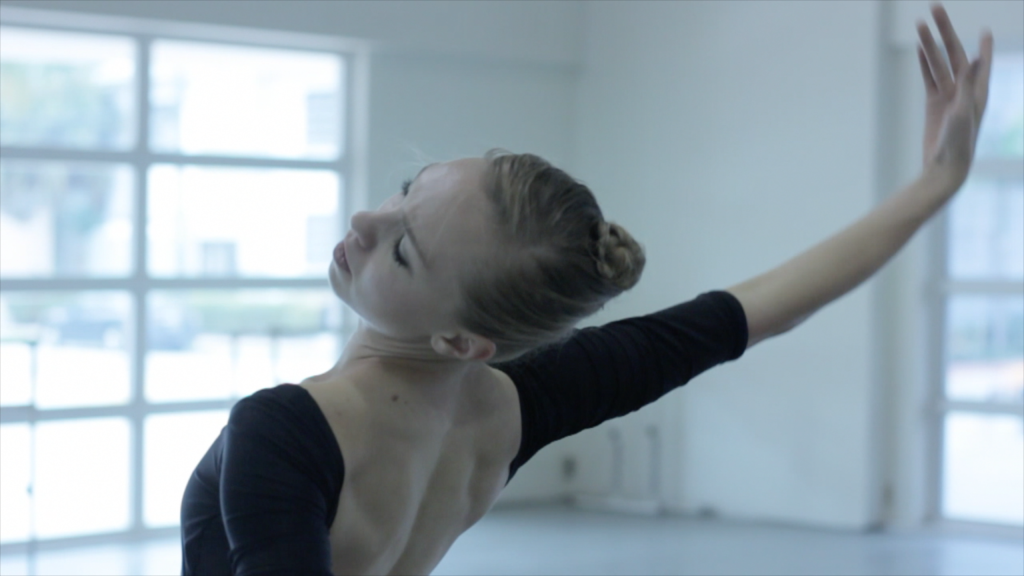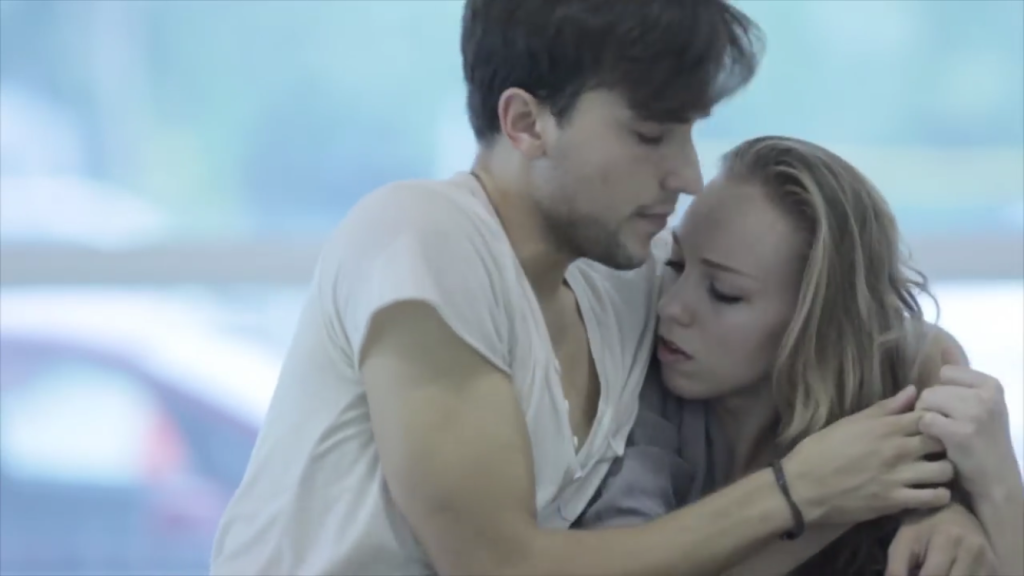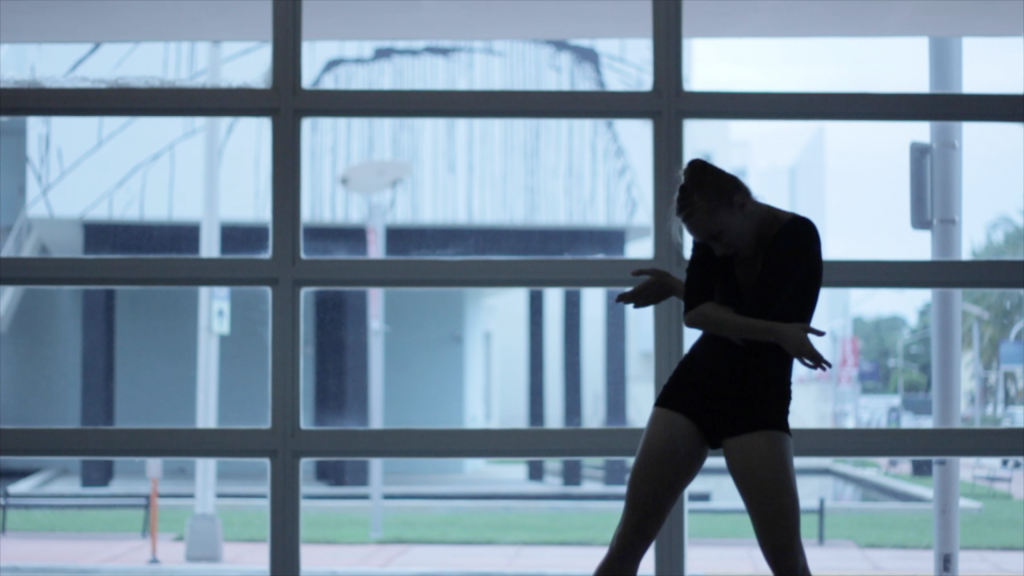“Live performance will always be my first passion, but I am grateful for the opportunity to explore my craft through a different medium.”- Adriana Pierce
Looking a new, short dance film to watch?
I WISH was created by Miami City Ballet dancers Adriana Pierce and Eric Trope and Miami filmmaker Alejandro Gonzalvez. Learn more about the film in our interview with them…
What is I WISH about?
Adriana: I WISH is about the struggle we experience when we lose ourselves in romantic relationships, and, though we may share passion and intimacy, sometimes the only logical conclusion is that we are better off apart.
What inspired I WISH?
Adriana: First, we fell in love with the song MY DEER, written by a local Miami band, and the themes of the challenges of love resonated deeply with us. We got into a studio and created movements which we felt represented the emotions described by the lyrics. The film took on its own personality as Eric and I delved into the characters and worked off of each other, allowing our organic creative connection to inform and inspire the choreography.
How is the film connected to the city of Miami?
Adriana: The professional ballet sphere can often feel isolating, but collaborating with Miami’s vibrant music scene was a wonderful way to broaden our world and forge a connection with local artists. Different shots of film were taken in locations which we felt were truly representative of our lives in this city, and we discovered the ways in which Miami’s color and passion parallel our own.
What are the artistic advantages and challenges of making a dance film?
Adriana: Working on dance films has given me the power to be bold in my choreographic decisions in a way that my concert dance projects cannot always allow me to. I can place emphasis on certain movements and themes in an extremely direct way, and the emotion of a close-up is immediate and powerful. Live performance will always be my first passion, but I am grateful for the opportunity to explore my craft through a different medium.
The biggest difference between dance on film and live theater, and the biggest challenge, is living up to the pressure of capturing the “perfect shot.” Staying in the frame and maintaining a relationship with the camera can also present challenges, but Eric, Alejandro and I have found a rhythm that works for all of us.
How do you feel about the future of the dance film genre?
Adriana: The intimacy of film allows for an eclectic range of themes and production which I feel can stretch dance in unique ways. I hope that artists continue to use film to provide a virtual voice for different dance forms, and to create relevant commentary on today’s world. I am excited to see how dance films can push our art form into the future.
How did this project help you grow as a performing artist?
Eric: I WISH challenged me to explore movement that I never would in my normal day to day as a ballet dancer. Many of the shots we used in the film were improvisational and it was nice to have the freedom to trust our instincts. When we perform, we have to leave the decisions we make for better or worse on the stage. Film allows us the opportunity to critique, improve, and try again. This self-criticism and evaluation helps to improve the movement and ultimately creates the best product.
How did I WISH help you grow as a filmmaker? What are the challenges and advantages of making a dance film?
Alejandro: I met Adriana and Eric two years prior to this shoot, and having experienced their talents, and, by osmosis, the talents of other dancers, I fell in love with the art form. I wanted to make sure that my work in no way would impede their creativity; almost trying to film them in their “natural habitat.”
Working with those whose experiences differ from our own allows for the creation of works with a unique depth, and can add new meaning to your world. I do not like to limit myself to what I’m used to, to what I’m comfortable with–this causes a kind of artistic agoraphobia and that is a place I very much dread.
Short dance films are one of the best ways to deliver the art form to thousands of individuals. Particularly with ballet dancers, it is the best way to deliver their talents outside of the theater and reach a wider audience.







